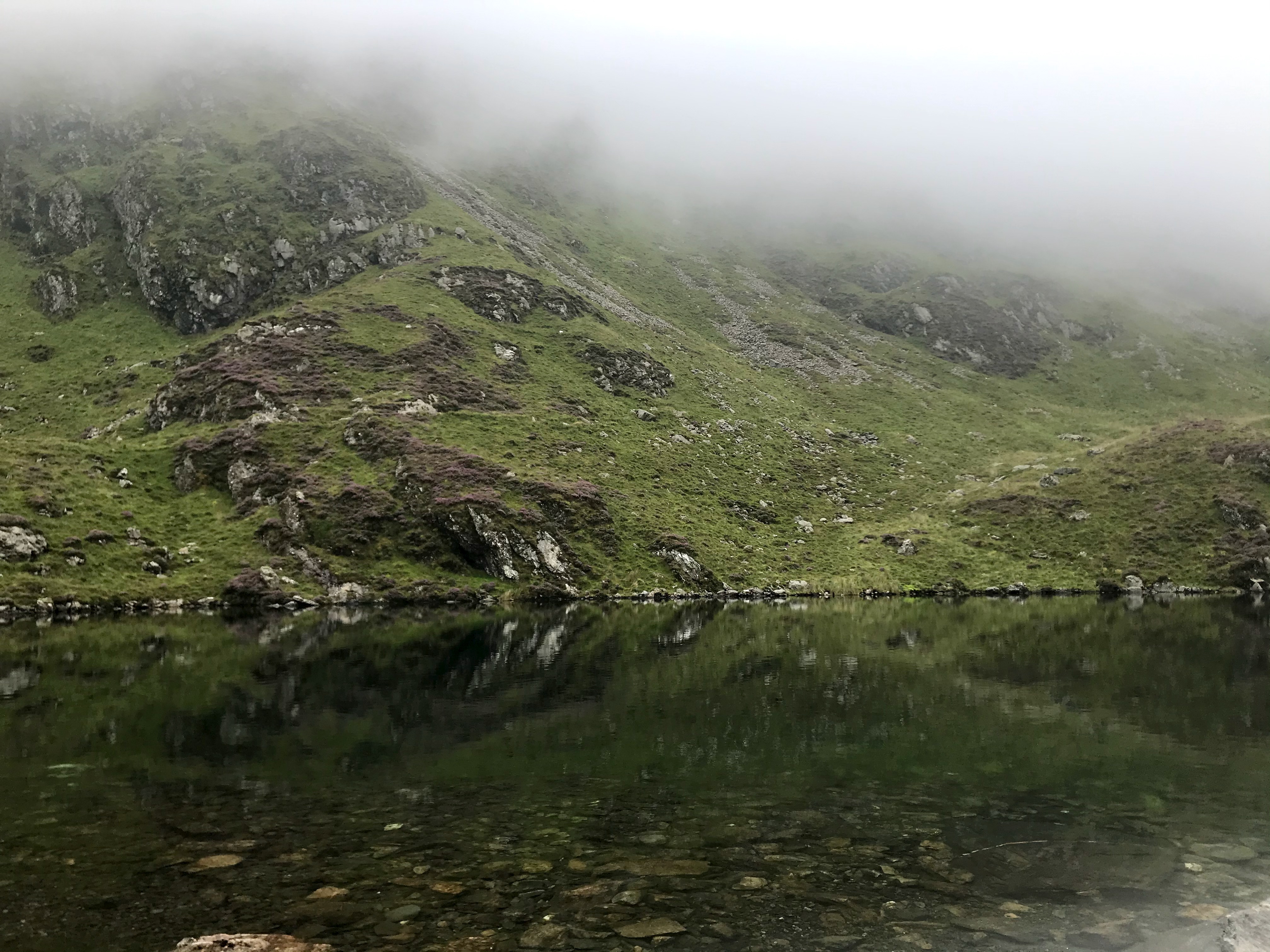
A very misty Llyn Cau, halfway up Cadair Idris in Wales.
We hiked most of this trail through low clouds. We noticed it getting warmer as we got closer to the peak, and then suddenly we were above the clouds and in brilliant sunshine.

A very misty Llyn Cau, halfway up Cadair Idris in Wales.
We hiked most of this trail through low clouds. We noticed it getting warmer as we got closer to the peak, and then suddenly we were above the clouds and in brilliant sunshine.
We got some film from last year developed and I love the photos so much. Friendship ended with iPhone camera!
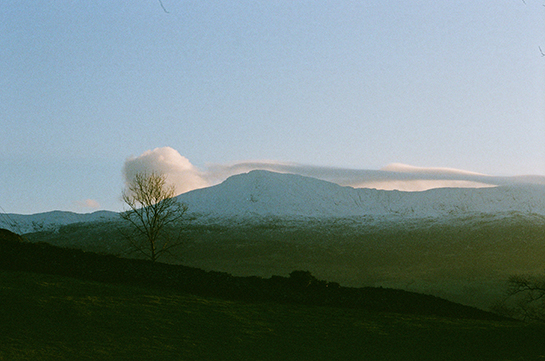

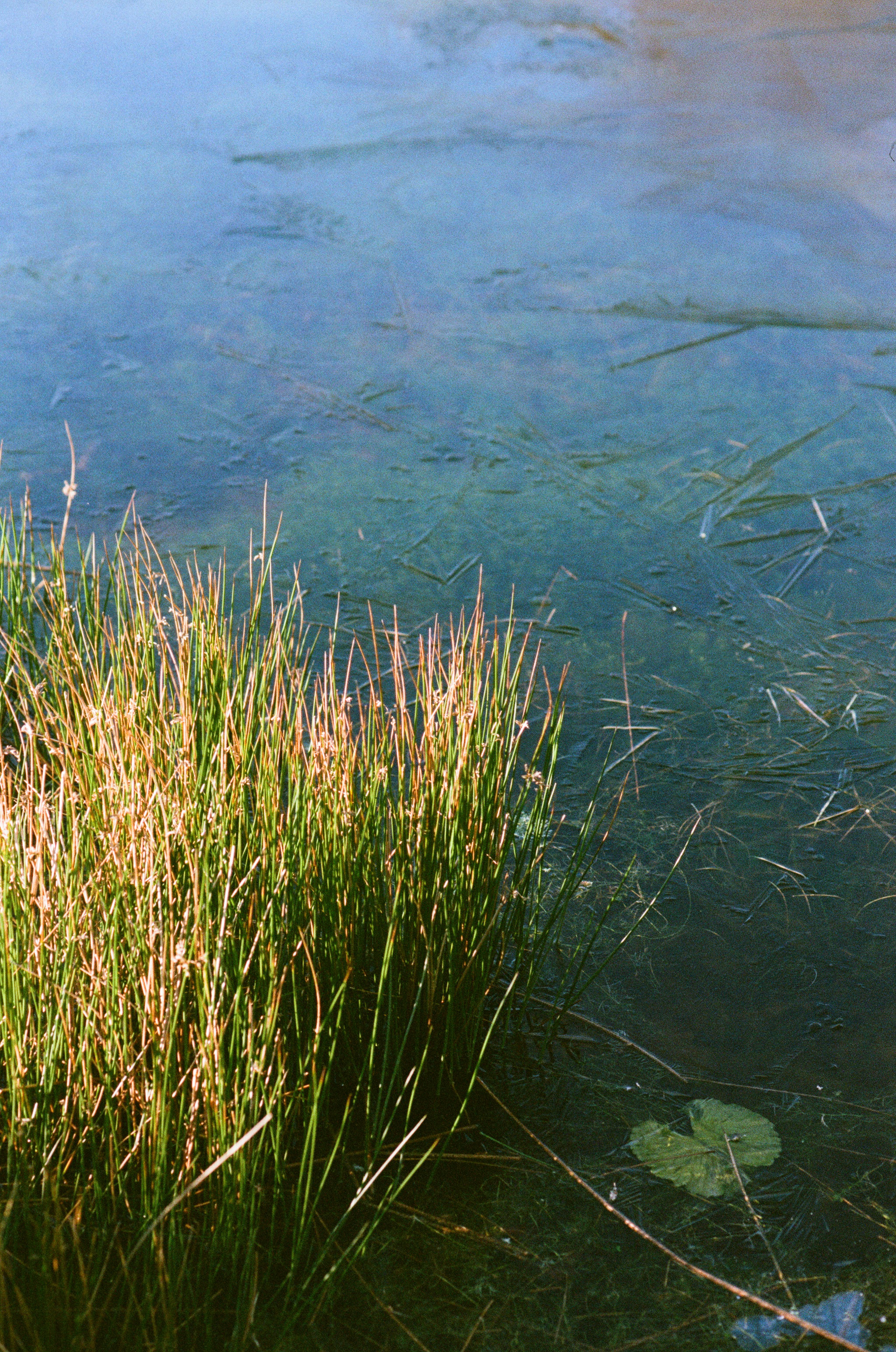
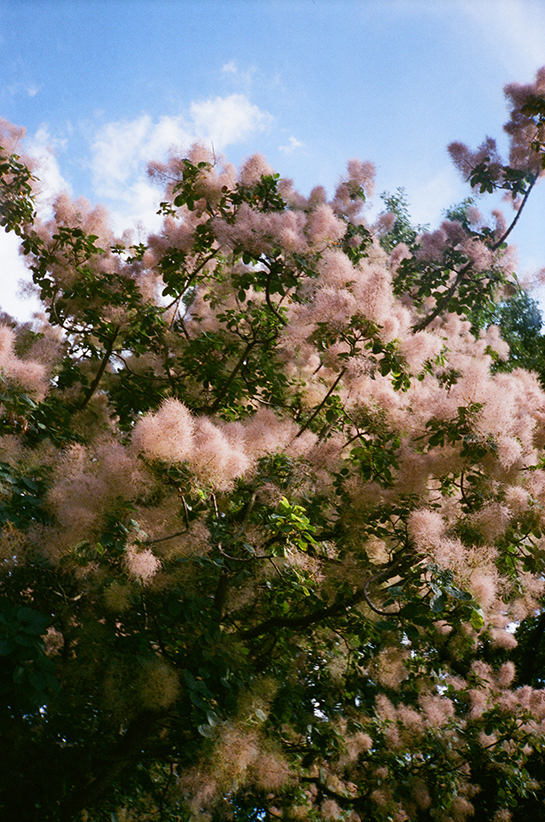
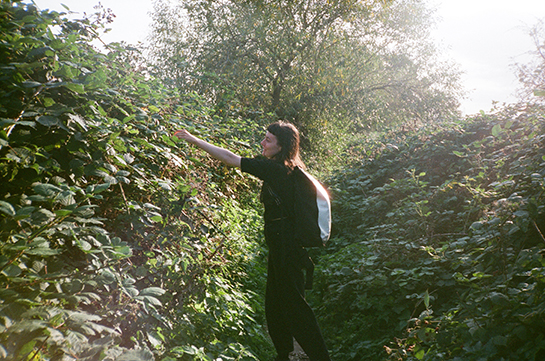
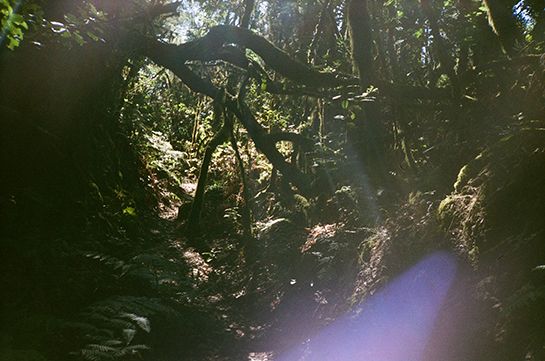
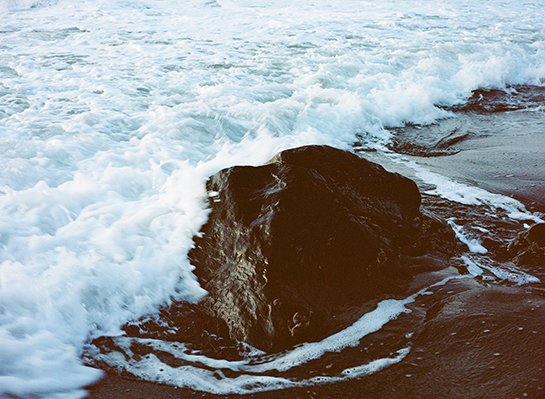
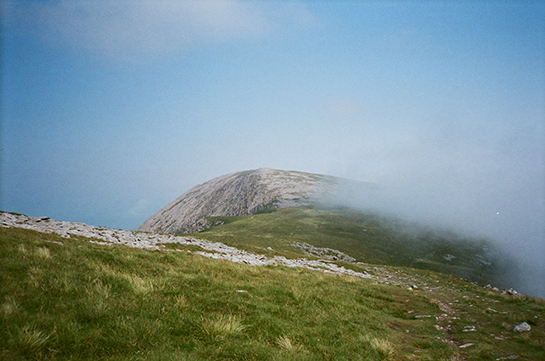
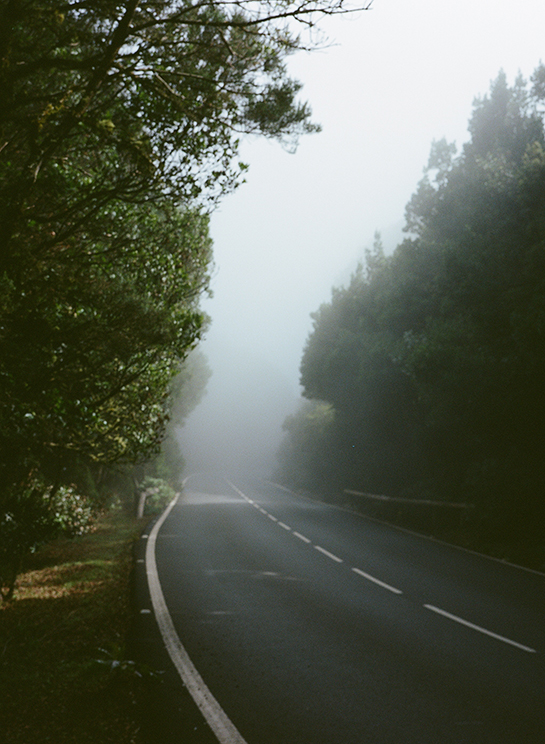
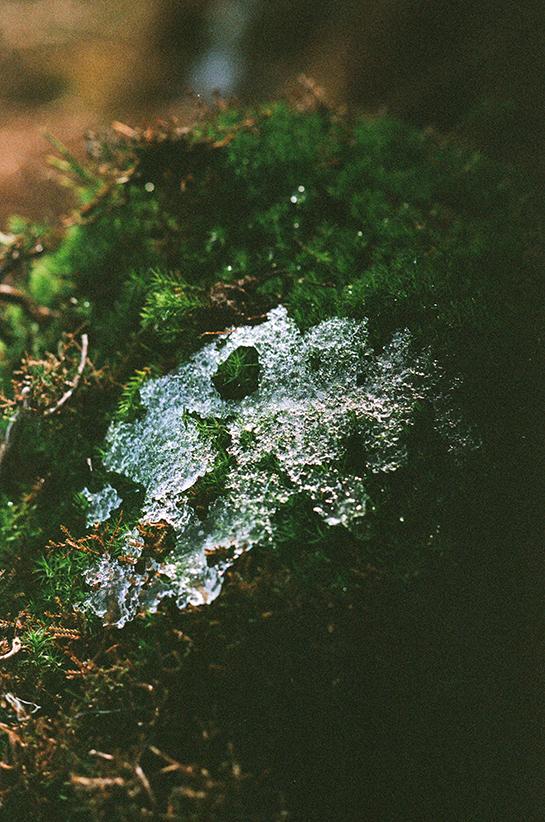
Most of these are probably taken by HM.
How and I went for a hike in Snowdonia last weekend. Almost 40km of walking over two days. Over the last few months we’ve gradually been collecting all the basic kit you need for multiday hikes: tent, sleeping mats and bags, backpacks, this incredibly compact wood stove.
It was such an incredible hike. The weather was unusually warm and sunny – I just read that Snowdonia is one of the wettest parts of the UK, so it really was unusual. On the first day, we could see out to the ocean for most of the hike. We swam in a pool fed by a waterfall, walked through ferns and forests and across heather-covered hills. There was a tough bit when Komoot decided to take us across a difficult field without a real path, but we managed to find our way back again.
We camped by a lake (Llyn Du) on Rhinog Fawr. I took these three photos about an hour apart around sunset. Entranced by the changes in light over such a short time.

19:50:25
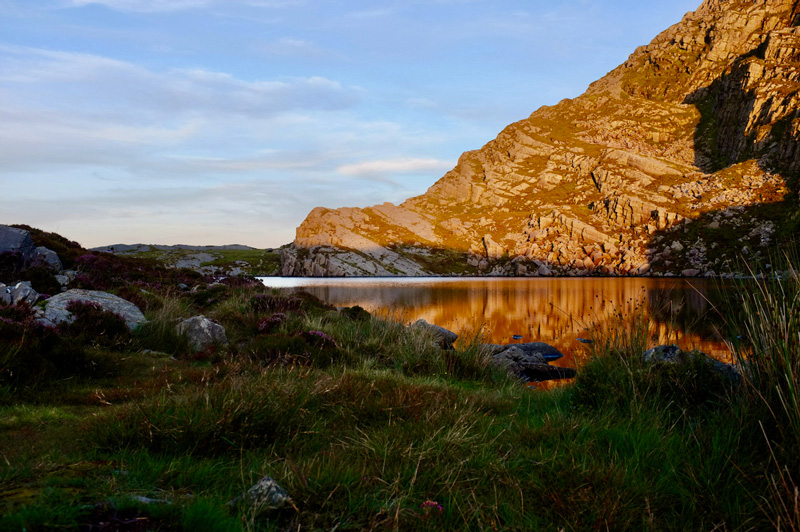
20:42:50
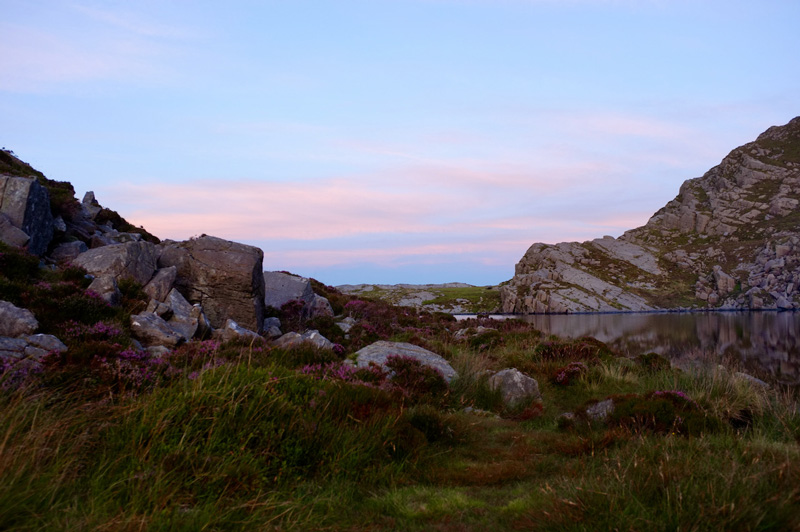
21:04:09
I learn more with each weaving I make.
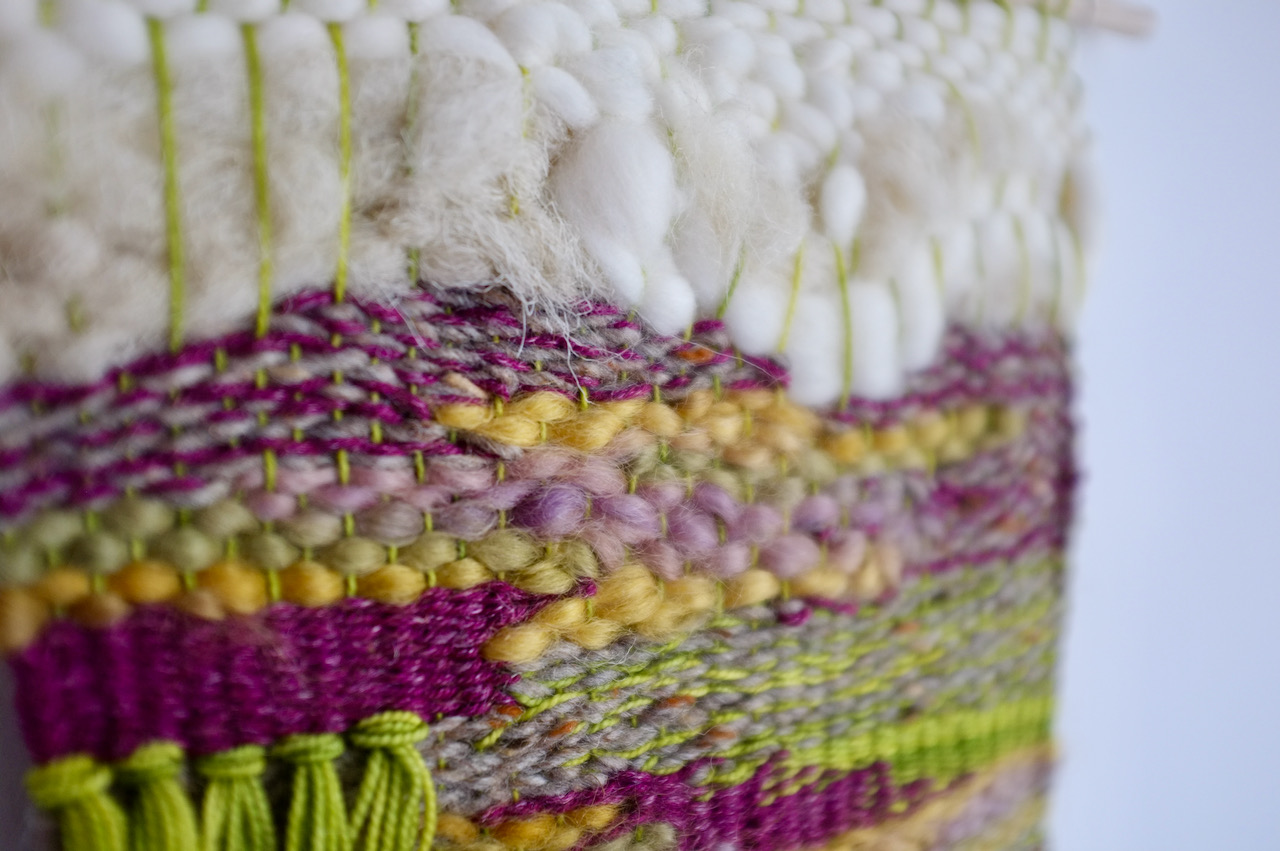
This one is particular favourite of mine, made last month for H’s mum. It’s inspired by the colours and textures of the Welsh landscape: green hills, purple and red heather, mountains, lichen. I bought some roving from a local shop in Dolgellau – it’s incredibly soft, hand-dyed in purple, green and yellow. I also found some wool on our hike and added that in as clouds.
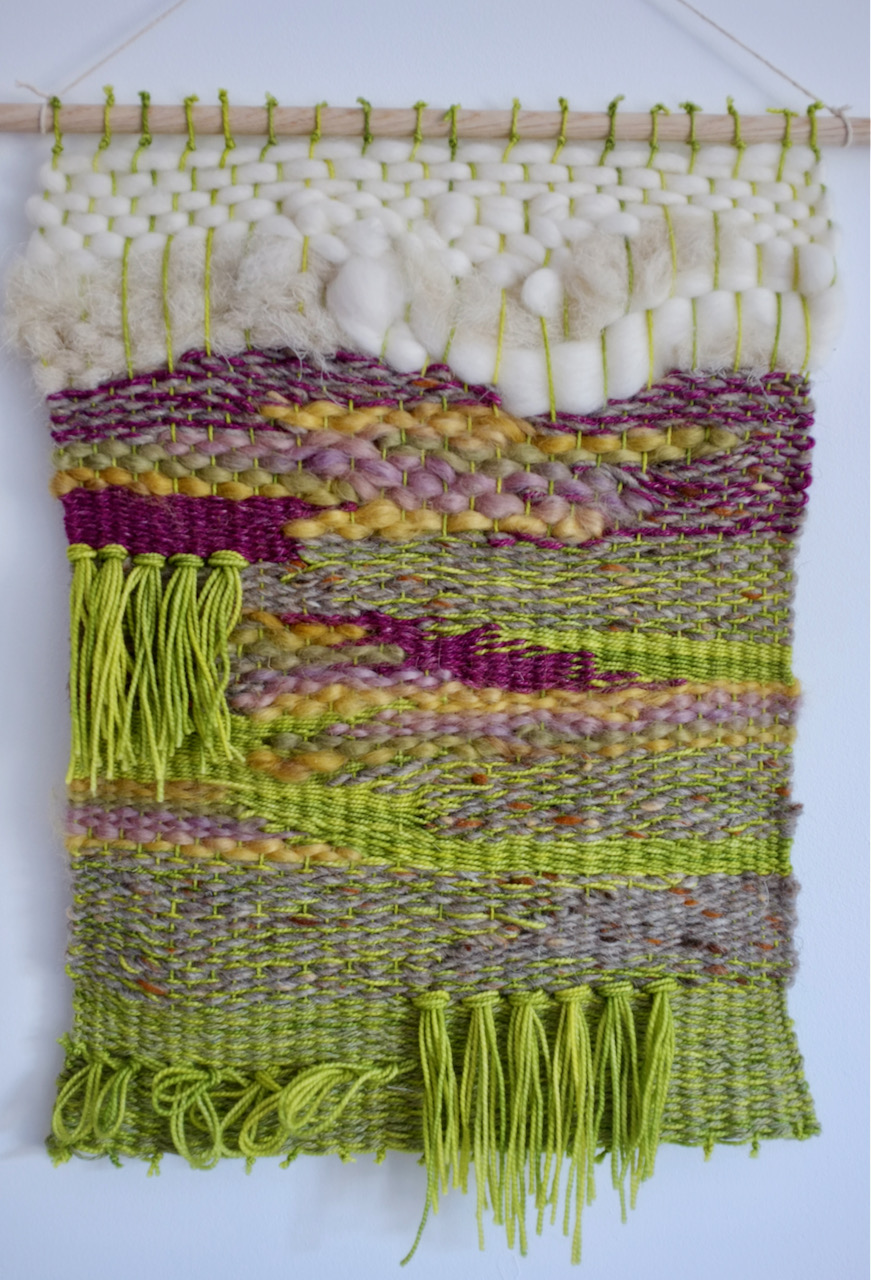
Wales is absolutely beautiful at the moment (and always). The autumn leaves and soft sunlight turn the whole landscape golden and warm.
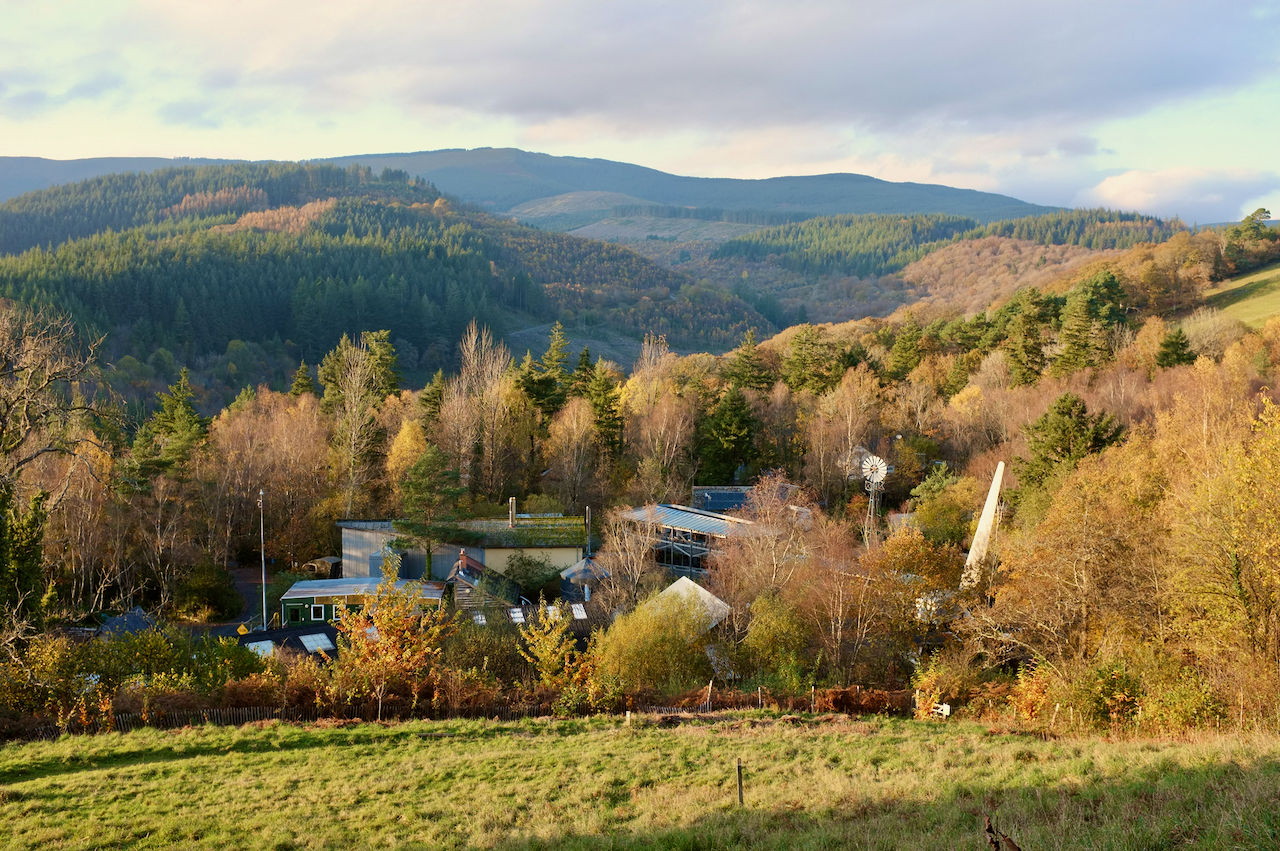
We visited the Centre for Alternative Technology last weekend. It’s an amazing place, built on top of a mountain of waste slate from a nearby disused quarry. The Centre was started by a group of people who moved there in the mid-70s. Their goal was to provide a space where people could test things out and learn how to live more lightly on the earth.
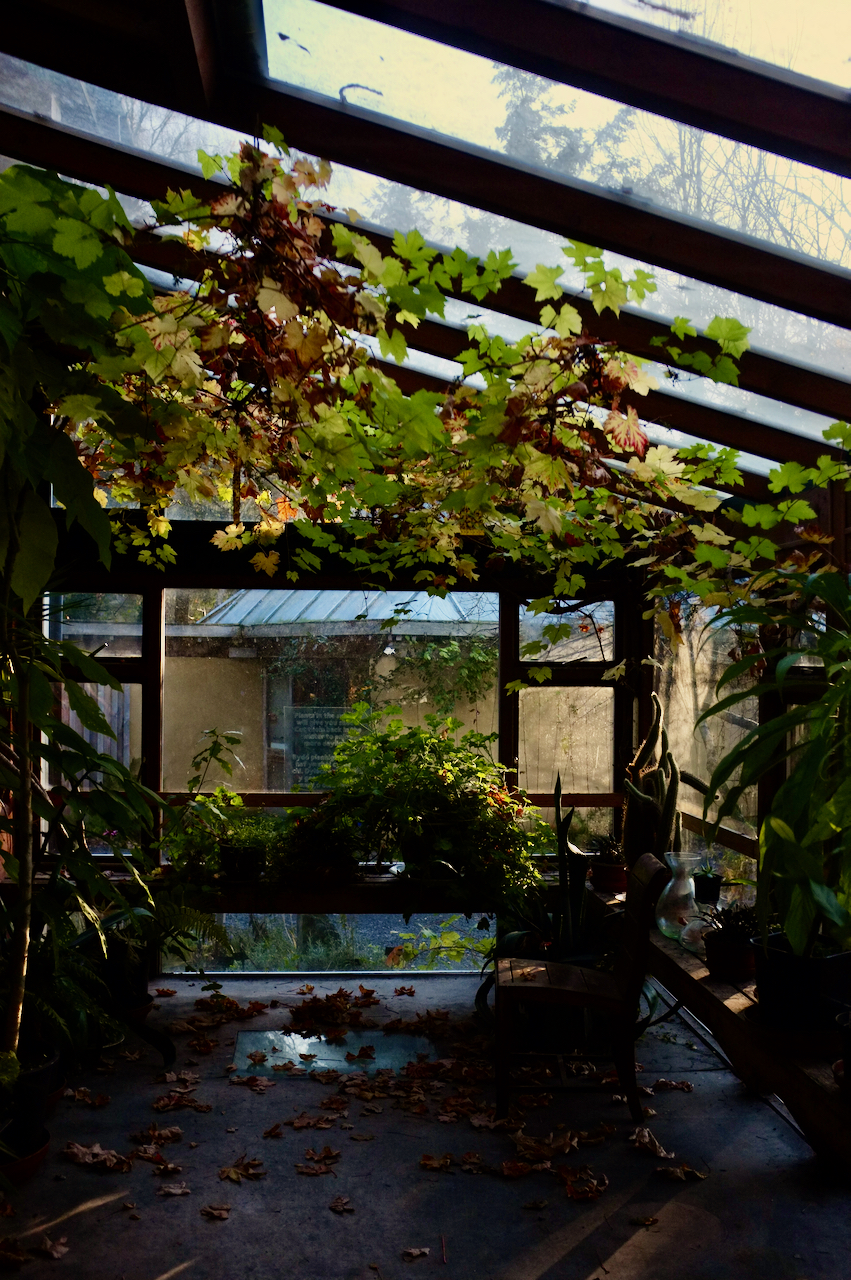
It has examples of different renewable energy technologies, a collection of buildings demonstrating innovative architectural/construction techniques and a few different gardens. It’s all completely off grid, including running its own water and sewage systems.
It was so inspiring to spend time somewhere like this. You can feel how many different people will have contributed towards building the centre and its vision over the years. It really gave us the sense that most of the ideas we need to transition to a zero carbon economy are already there, tried and tested…

It’s so nice to be in north Wales as the seasons change. The beech trees still have the most amazing orange-yellow-red leaves, but now there’s snow at the top of Cadair Idris. It’s wild to think that just three months ago we camped on top of it. There’s a legend that says anyone who sleeps on Cadair Idris’ summit will wake up as either a madman or poet. Three months on and I’m still no better at poetry so…
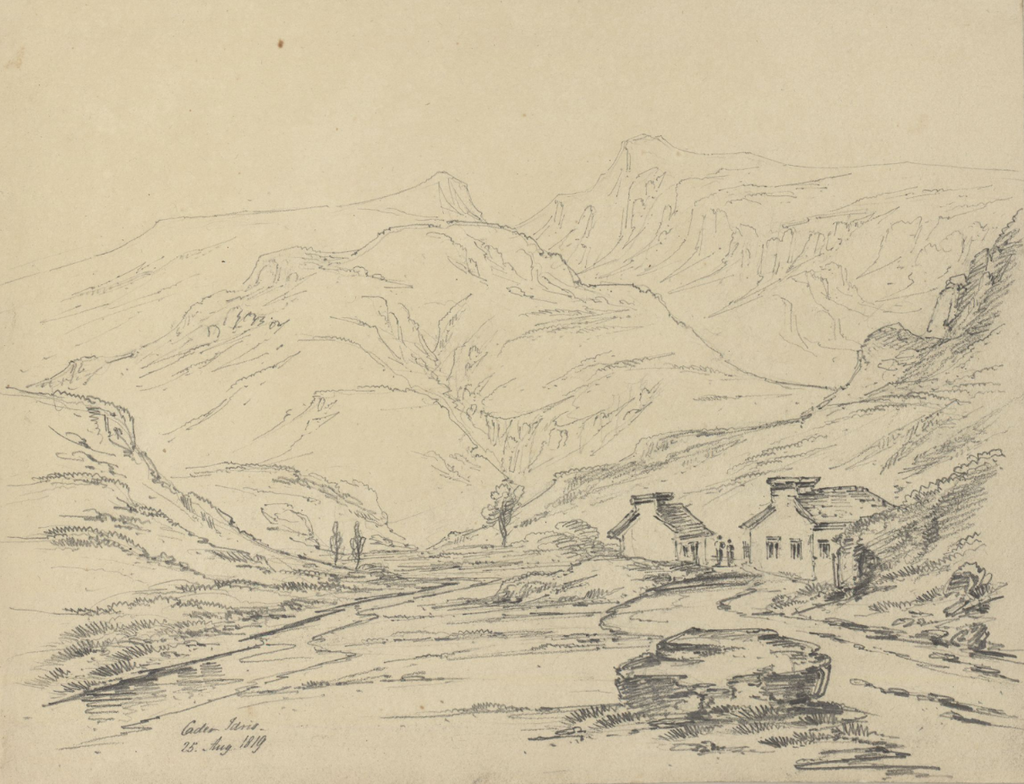
I’ve been trying to get better at identifying fungi, trees and birds while we’re here. I saw a bright yellow bird the other day which I think is a siskin. There are so many robins around too — I love listening to them sing. I found a database full of recordings of British birds.
I’m also thinking about water a lot, it’s so incredibly wet here. On the weekends when we go hiking the ground is completely saturated and boggy. The Afon (River) Wnion was the highest I’ve ever seen it a few weeks ago.
Really enjoyed this article What does water want? Most humans seem to have forgotten:
Slow Water mimics or collaborates with natural systems, restoring space for water to slow on land in wetlands, floodplains, mountain meadows, forests, tidal marshes, and mangroves. Slow Water is distributed, not centralised: think of the wet zones scattered throughout a wild watershed instead of a big dam and reservoir. It is also socially just: Slow Water doesn’t take water from some people to give to others, or protect some communities while pushing floods on to another. Slow Water gives communities agency to restore resilience to their local landscapes and revive local cultures. And in taking a systems-oriented approach, it simultaneously supports local water availability, flood control, natural carbon storage, and other-than-human life.
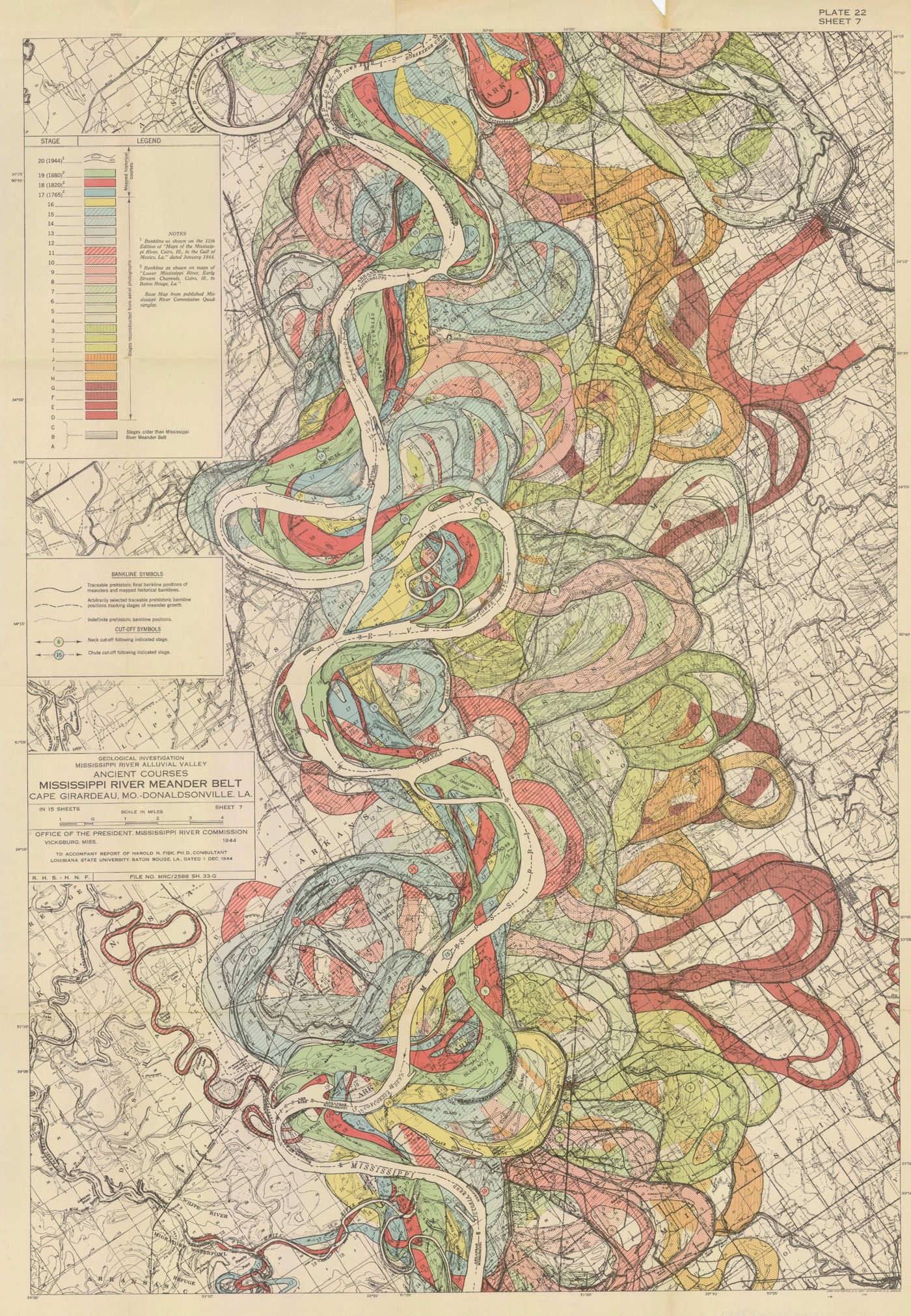
▲A meander map of the Mississipi river by Harold Fisk, 1944
Just west of here the river feeds into the Afon Mawwdach and enters a huge estuary that feeds into the ocean. Fairbourne, a town at the end of the estuary, is the first place in the UK that the government has announced it won’t defend from sea level rise so it’s due to be abandoned by 2054…
In Are you the same person you used to be?, they suggest that some people divide their lives up into discrete chapters, constantly reinventing themselves, and others see their lives or identities as one continuous narrative.
I can’t decide which category I belong to. I mostly divide my memories depending on which city I lived in at the time, but I can also see the broader patterns that continue through all my experiences and interests. I guess it’s both.
The article describes research conducted in Dunedin where they studied over a thousand children from the age of three, meeting with them every two years until they were forty-five. They categorised the kids according to their temperaments and watched how they developed over time. How much of our identity is innate and how much is the product of our environment?
Human beings, they suggest, are like storm systems. Each individual storm has its own particular set of traits and dynamics; meanwhile, its future depends on numerous elements of atmosphere and landscape.

▲ An image from open-weather, capturing transmissions from a National Oceanic and Atmospheric Administration (NOAA) satellite
They suggest that although there are some patterns and cycles that are evident from an early age, one way that people can break out of their patterns is through close relationships with others. It reminded me of a bit in The Mushroom at the End of the World, where Anna Tsing talks about indeterminacy:
Fungi are famous for changing shape in relation to their encounters and environments. Many are “potentially immortal”, meaning they die from disease, injury or lack of resources, but not from old age. Even this little fact can alert us to how much our thoughts about knowledge and existence just assume determinate life form and old age. We rarely imagine life without such limits – and when we do we stray into magic. Rayner challenges us to think with mushrooms, otherwise. Some aspects of our lives are more comparable to fungal indeterminacy, he points out. Our daily habits are repetitive, but they are also open-ended, responding to opportunity and encounter. What if our indeterminate life form is not the shape of our bodies but rather the shape of our motions over time? Such indeterminacy expands our concept of human life, showing us how we are transformed by encounter.
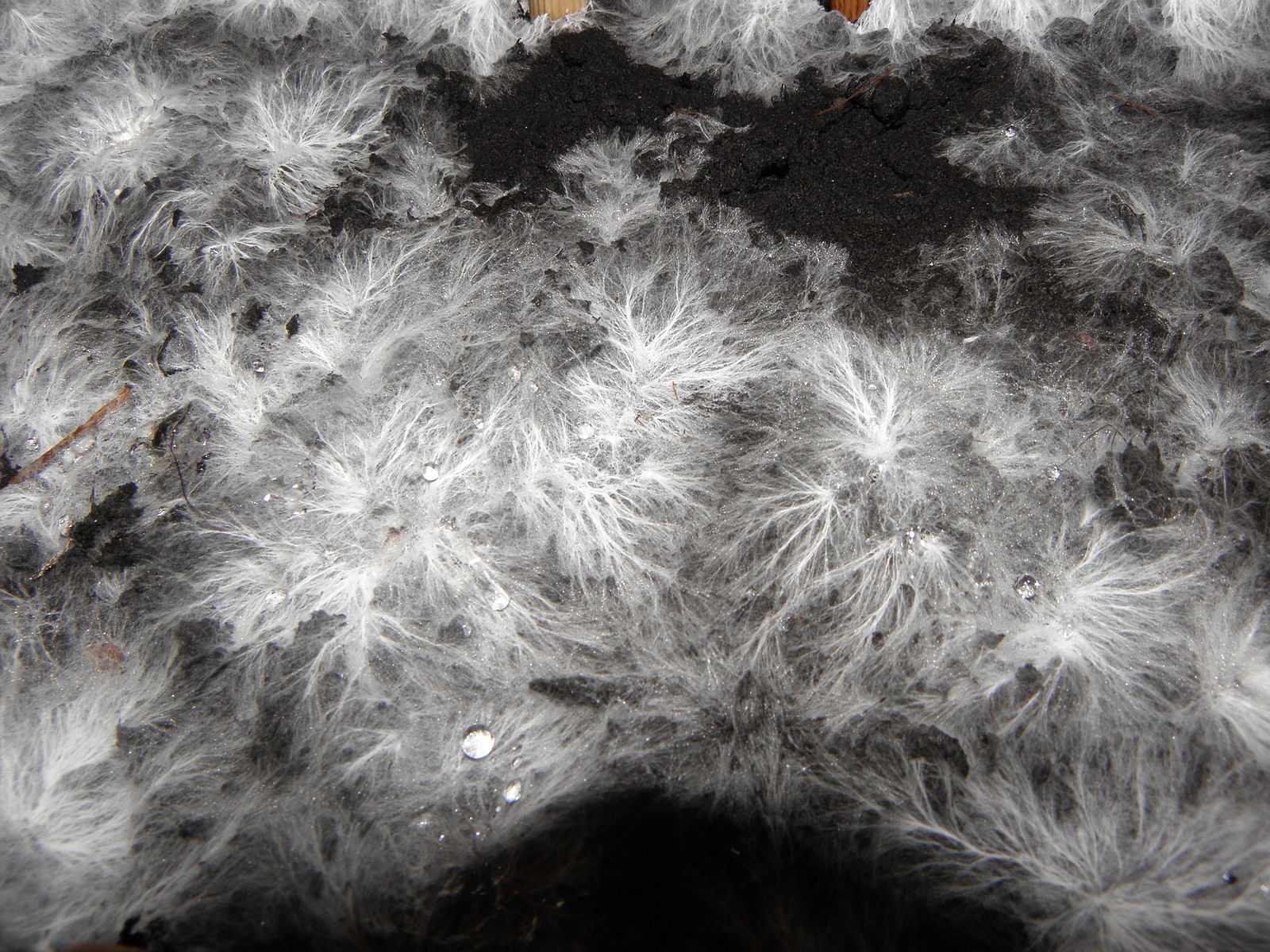
Really good article on Noema by one of the co-founders of my instance Social.coop: Mastodon Isn’t Just A Replacement For Twitter. I was reflecting on the Twitter exodus to Mastodon the other day… It feels to me like a really great example of how important it is to be building these alternatives in parallel to the mainstream.
Acts of smashing, while vital for disruption, do not create the kind of resilient, large-scale, long-term bodies needed to replace dominant powers. As we have seen, the direction our world takes in moments of chaos will be defined by the ideas and institutions that are already available. If we want a world of workplaces owned and run cooperatively, of political decision-making power in local community hands, we stand a much better chance if this is already being built in time for social shocks.
— Graham Jones, The Shock Doctrine of the Left
It is so important to be optimistically building, testing, iterating on these institutions alongside the present day, rather than waiting for some perfect utopia to arrive in which we can start building.
Speaking of which, I find it so hilarious that in Victoria 3, a political simulation game, it turns out that communism is the most economically efficient government system:
Capitalist playstyles, they suggest, are too inefficient. The bosses at the top of Victoria 3 capitalist societies get high pay, while workers get very low pay. But in a Victoria 3 communist economy, worker cooperatives ensure that all capitalist wealth is turned over to the workers. As a result, their high purchasing power allows them to spend more money in the economy, which increases economic demand. This leads to higher living standards, which attracts more immigration, another big boost. “It’s just so easy,” the player concludes.
This year has been a bit of a weird one because How and I still don’t have a permanent home. We spent the first three months with friends and family in Australia, three months living with friends in Camberwell, six weeks subletting a friends’ place in Hackney, six weeks of visiting friends and holidaying in Europe (Portugal, France, The Netherlands, Germany and Greece), some time at H’s parents place and a few months living in Wales.

▴ Camberwell Beauty
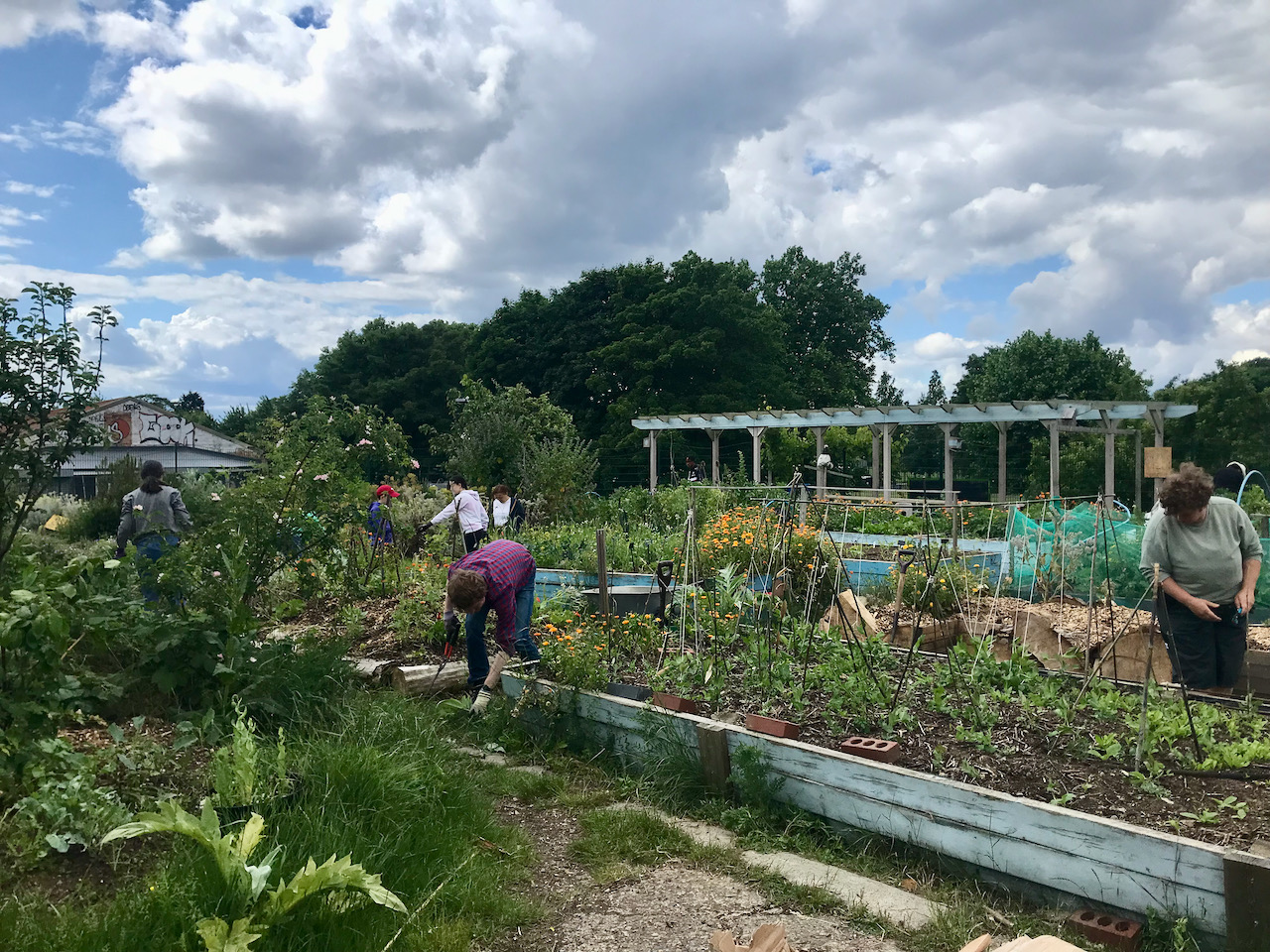
▴ Glengall Wharf Gardens in Camberwell
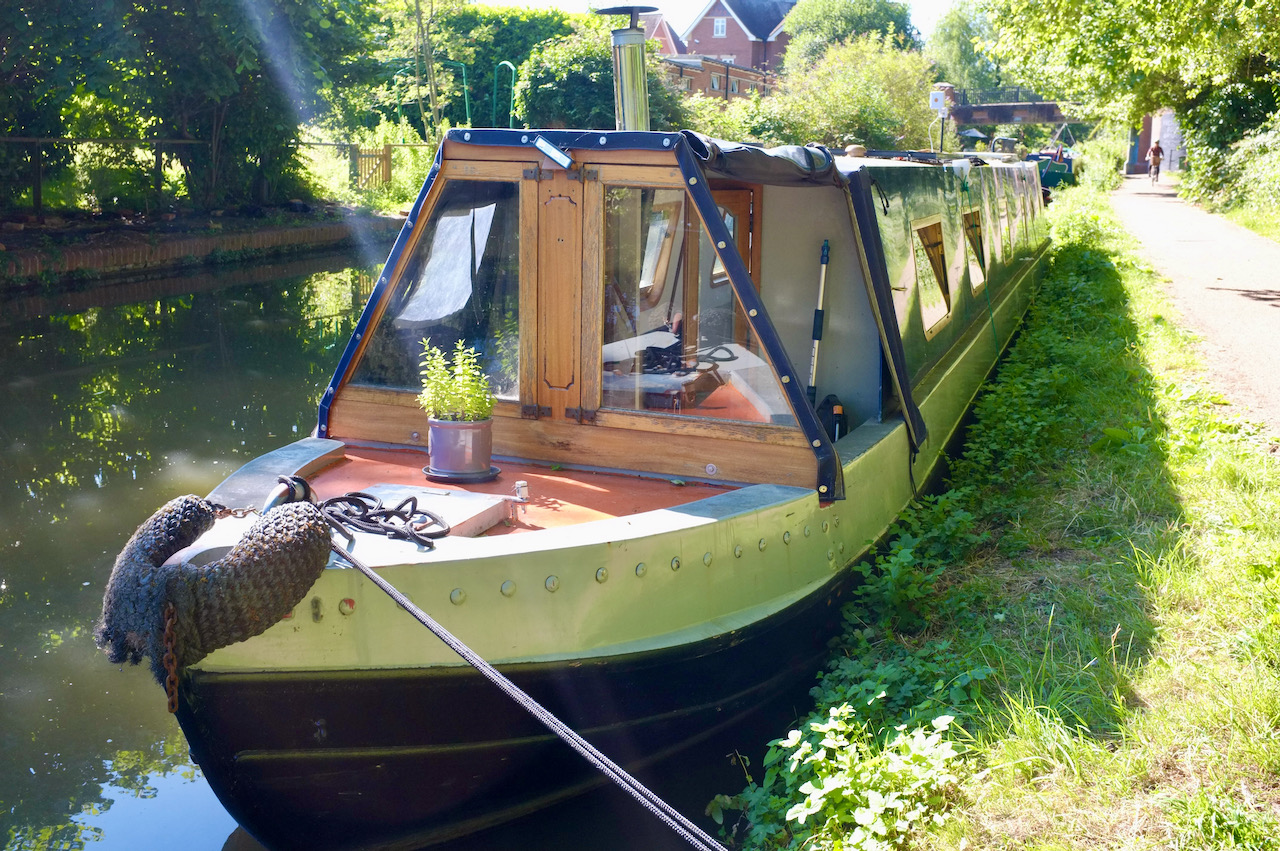
▴ Visiting Leila & Stu and their boat Dirty Penny in Oxford
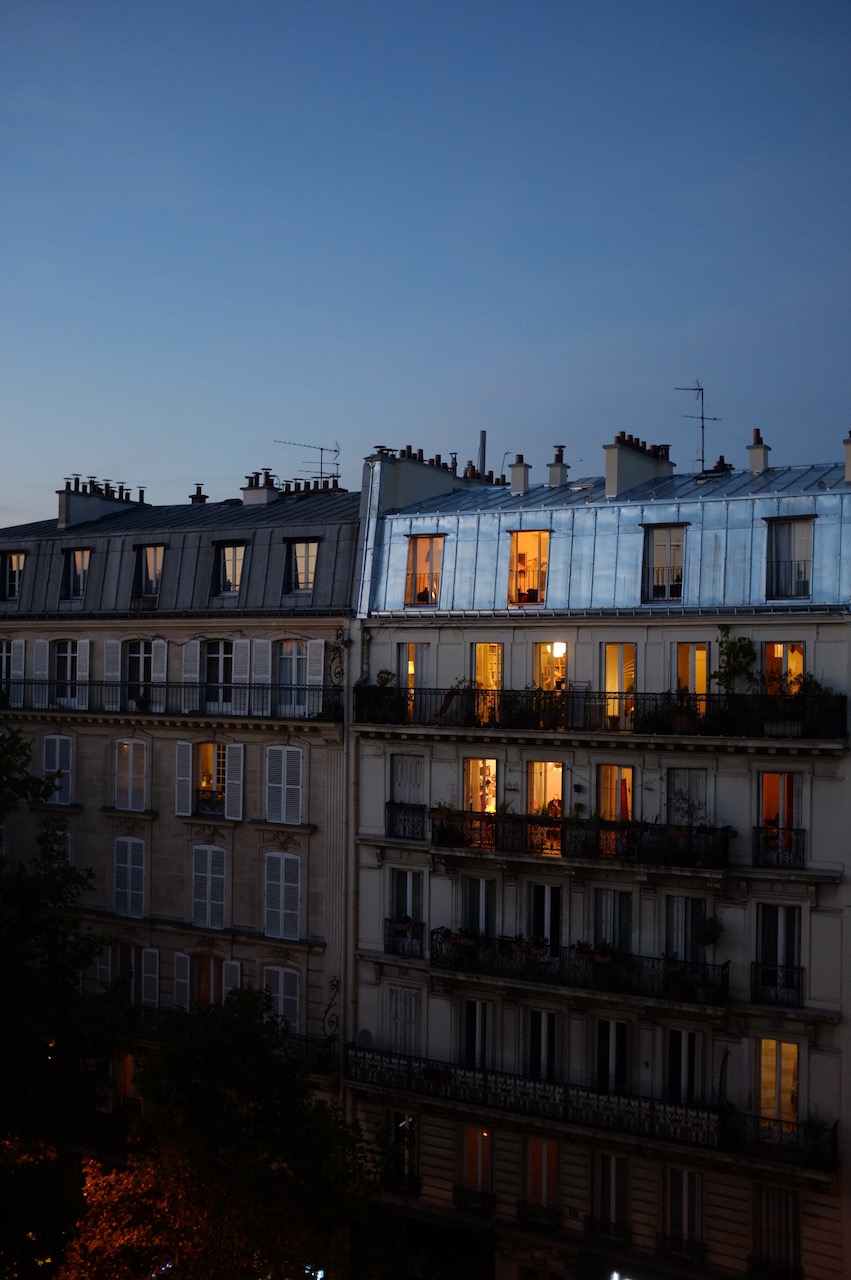
▴ The view from Luke & Reba’s place in Paris
This year we did a few more multiday hikes and I hope next year we’ll do many more. I find hiking to be so meditative. I love walking through different landscapes, being completely connected to my body, seeing the stars, waking up again in the middle of it.

▴ Hiking near Coed y Brenin

▴ Camping next to Llyn Du
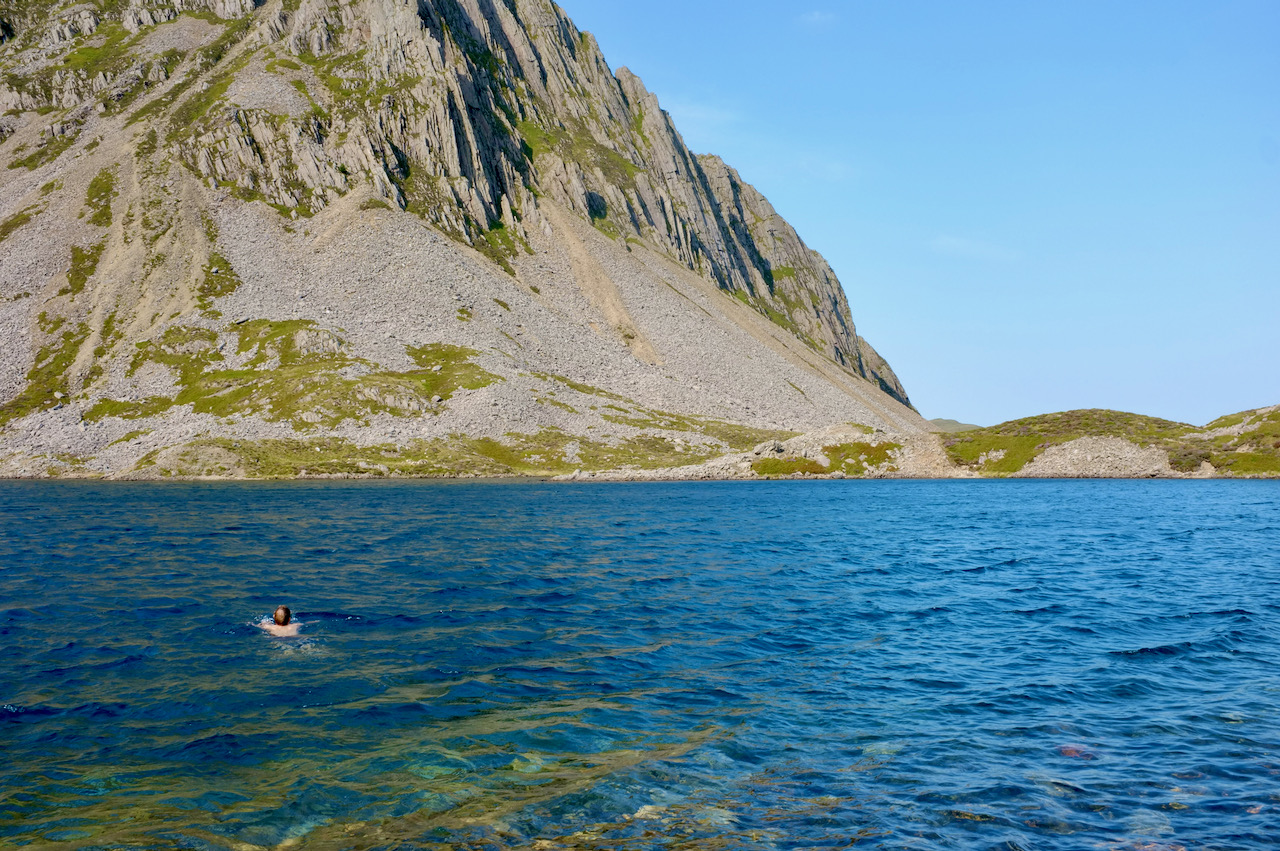
▴ Swimming in Llyn y Gader
We also did a lot of camping with friends as it seemed to be everyone’s birthday celebration of choice this year. So much fun. I never did it much as a kid so it’s a bit unfamiliar to me but I’ve found I really love it.
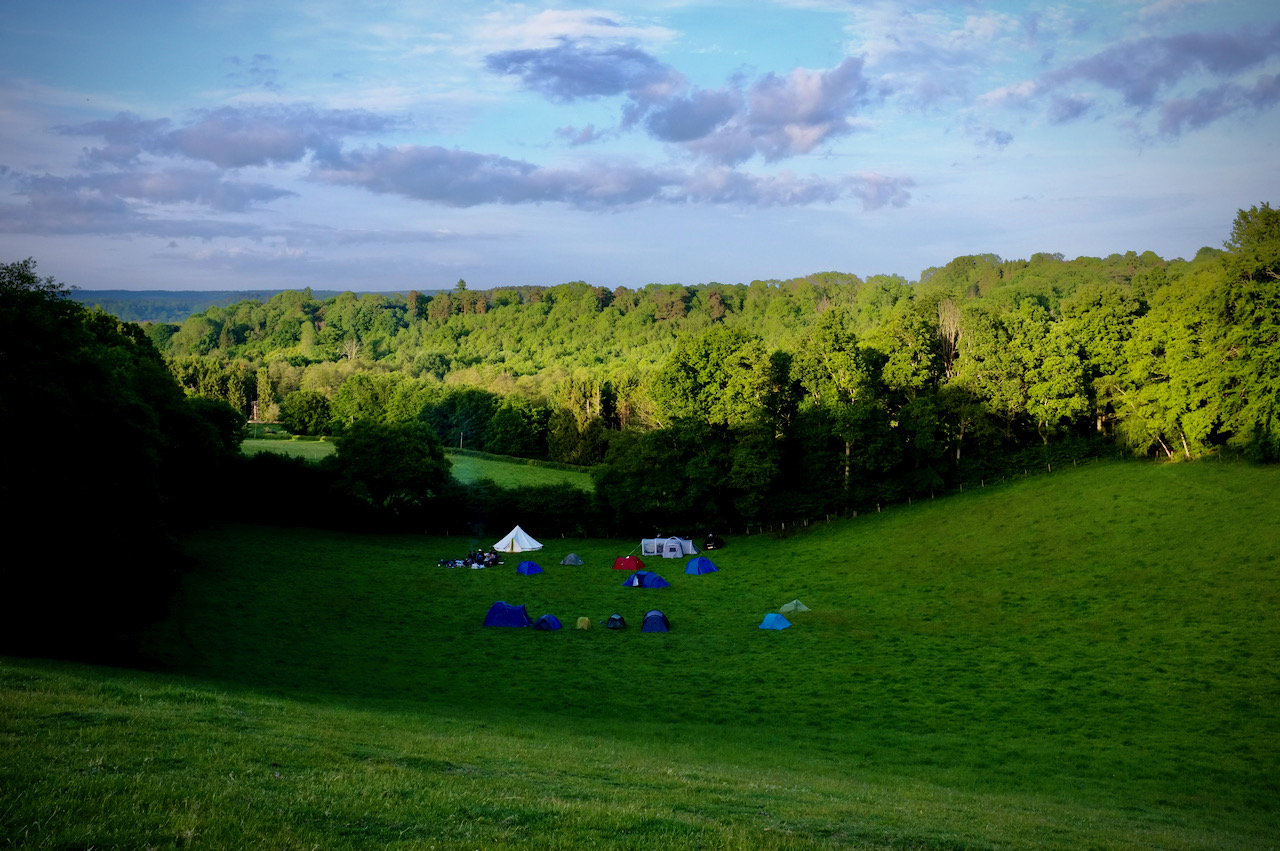
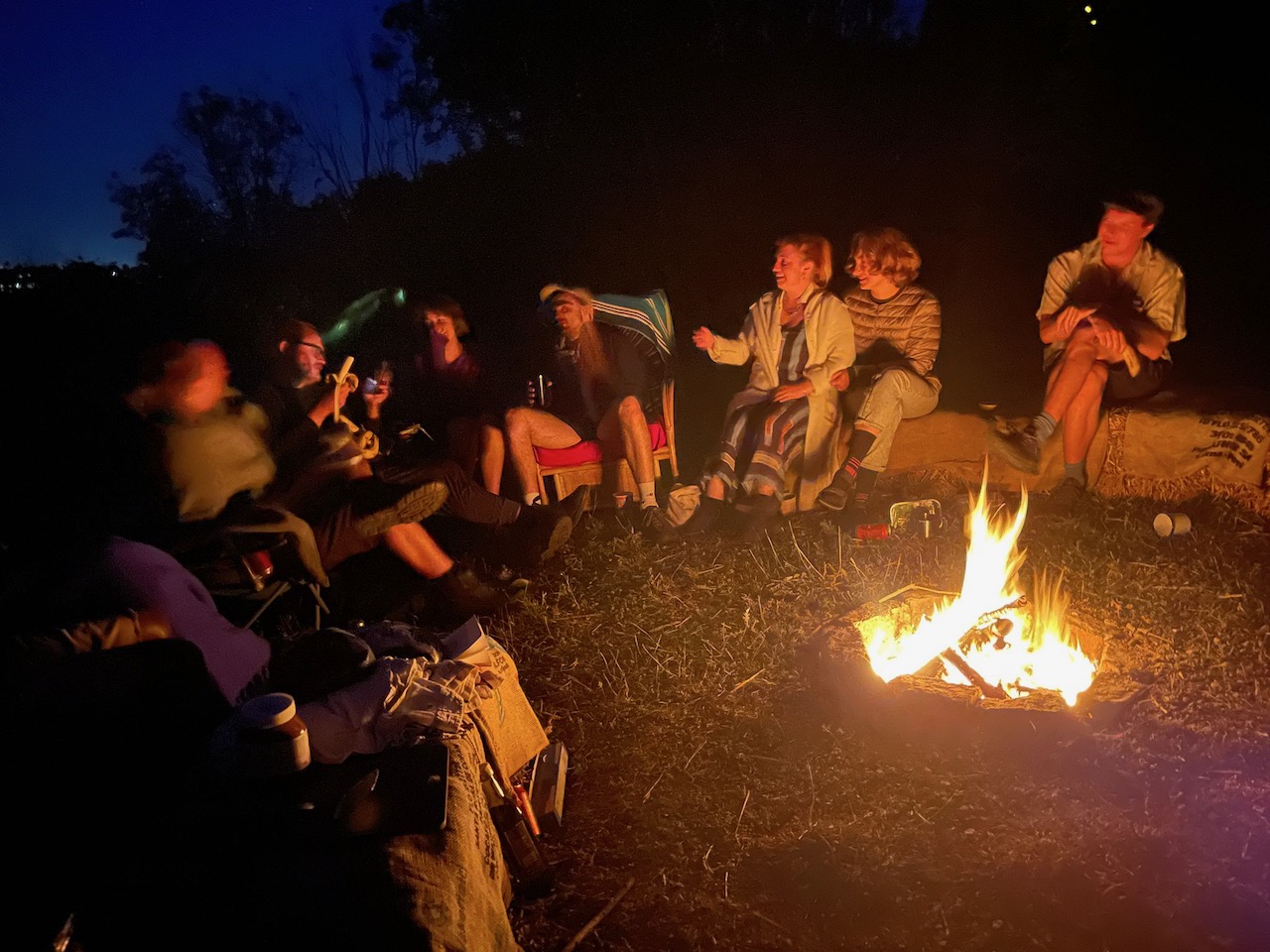
I’ve really enjoying doing more weaving this year — I’ve made a few of them as gifts for friends and family.
Another big change was beginning therapy. I’ve been finding it transformative to have regular sessions. It’s helped me to reflect on big patterns in my life, pay attention to my body and learn frameworks for dealing with future situations, having difficult conversations and giving clean feedback.
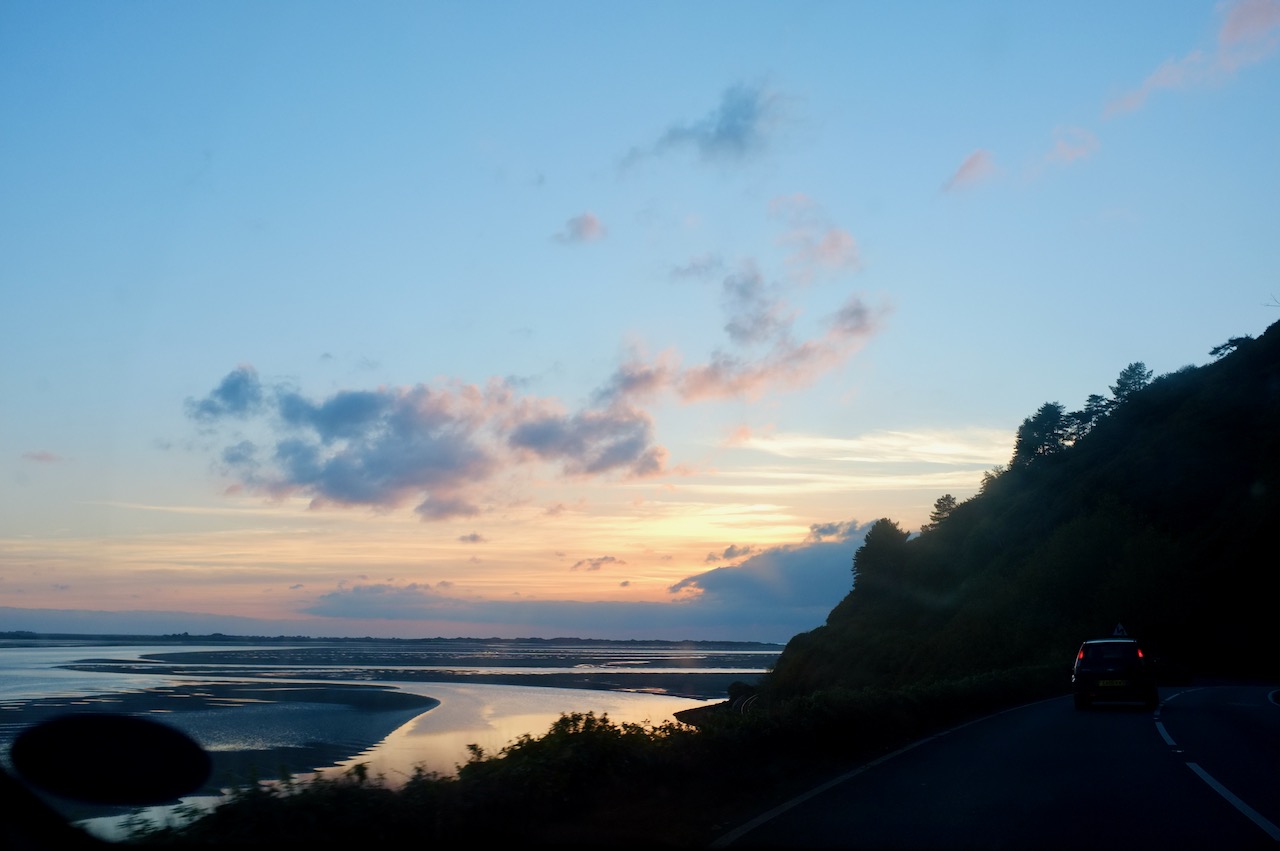
▴ Driving along the coast in north Wales
I read 40 books this year! The ones I enjoyed most were:
I’ve also loved reading books together with Paprika, Benjamin, How and others in Rererererereading Group.
To be honest, this was a tough year for Common Knowledge at times. Although we’ve had plenty of interesting and important work on, our finances at points over the year have been rocky. This has been due to a whole range of factors, some of which were out of our control and some which were just lessons we needed to learn the hard way.
Nevertheless, we’re ending it in a much healthier place than where we started and we’ve learned loads. I feel really optimistic about 2023 for us. We’ve made a lot of changes in how we run that I feel will protect us from future risk. In the meantime, if you think our work is important and want to support it, we have an Open Collective for donations.
Despite this turbulence, I think we’ve done some great work. The type of work we’re doing is evolving slightly. We did some much bigger projects (digital transformation projects rather than campaign websites) and more consultancy/coaching work (rather than delivery). I think both of these are a move in the right direction. The downside is that there’s a lot less to show for it at the end of the year, but I think that’s fine.
The good thing about these bigger projects is that we got to do more extensive research and discovery phases, which I deeply enjoyed. (Shout out to Dovetail for being the best research tool out there.) I feel like I learned a lot about interviewing people and I got over some of my insecurities around this. In particular, Will Myddelton’s framework for running discoveries provided us with a lot of useful guidance.
The biggest project we did was a complete redesign and replatform for Humanitarian OpenStreetMap Team, an international organisation focused on humanitarian action and community-led development through participatory mapping and open data. This was a huge undertaking but we all learned a lot and I’m proud of the result. HOT are still working on the content at the moment but hopefully the new site should be launching early next year.
I really enjoyed working with The Architecture Lobby. I interviewed a bunch of their organisers in the US, which was an interesting look at a different political landscape. We made recommendations for gradually streamlining their entire digital infrastructure alongside redesigning their website, which should also launch next year.
I coached participants of the UnFound Accelerator again this year, which is a program that helps founders turn their ideas into platform co-ops. I also got to (remotely) have a really interesting discussion with John Caserta and the Design & Politics students at Rhode Island School of Design. It was really nice to go back to doing some IRL talks/conversations this year too: at the Weizenbaum Conference in Berlin, with Good Times Bad Times in Rotterdam and at The Forest Multiple symposium in Cambridge.
We also had some internal changes within the team: we hired Anna T to help us manage our projects and the co-op in general, and Jamie joined us for a year-long placement from Kingston College of Art. We also did a lot more work with our associate members Everin and John. It’s so nice to have more people join the co-op and I really hope this continues next year. As ever, I feel so grateful that I get to do what I love with people who love it too.
Although it’s been wonderful to freely move around this year and see people that we haven’t seen in years, How and I are at the point where we really need to put down some roots and stay still for a while.
It’s taken quite a while to decide where we should live. I kept getting into endless cycles of rumination and indecision: weighing up options, worrying if they’re the right one.
One of the things that I’ve learned this year is that at a certain point, any decision is the right one. We just have to try it out and see. If we don’t like it, we can change our minds. It’s funny because this is one of the principles of sociocracy that is so foundational to our work at Common Knowledge: “is it good enough for now and safe enough to try?”
You can only ever choose to take the next most elegant step. The best decisions I’ve ever made have been full of uncertainty at the time: choosing to quit my job in Brisbane and spend six months in Europe (which has now become 10+ years); moving to London which led to getting involved with Evening Class and then Common Knowledge.
Anyway, what we’ve decided is to move to Lisbon early next year. If all goes well and it feels like a good fit, we’ll hopefully look for somewhere just outside one of the cities and start on our housing co-op dream. We’re inspired by people who are doing this already like re:gen, Casa Beatrix and Project Kamp in Portugal, as well as collectives like Robida and Brave New Alps in Italy. Who knows where this step will lead, but I’m very much looking forward to 2023.

▲ Lisbon in late summer